The TST R002 1500W e-bike can be purchased directly from the official TST EBike website, which offers secure online ordering, local pickup options in California, and shipping to over 10 countries. Additionally, the bike is available at more than 20 offline stores and select authorized dealers, providing customers with convenient access to this powerful, full-suspension moped-style electric bike.
Where Is the Official TST EBike Store Located?
The main warehouse and local pickup location for the TST R002 is at 820 S Wanamaker Ave, Ontario, California 91761, USA. Customers can choose local pickup during checkout, and TST staff will provide the necessary documentation for collection. This option allows buyers to save on shipping and receive their bike quickly, typically within 3-5 days. Is a moped-style eBike good for daily commuting?
How Can I Order the TST R002 Online?
The TST R002 is available for purchase on the official TST EBike website, featuring a secure checkout process and multiple payment options. The website often runs promotions and discounts, making it an attractive choice for buyers. After ordering, customers receive order confirmation, shipping updates, and access to customer support for any inquiries.
Are There Offline Stores Selling the TST R002?
Yes, TST EBike has over 20 offline stores across the United States and internationally where customers can test ride and purchase the TST R002. These stores offer in-person assistance, assembly services, and warranty support, enhancing the buying experience for those who prefer to shop offline.
What Warranty and Support Does TST EBike Provide?
TST EBike offers a one-year warranty covering non-human-caused defects. For repairs, customers can either receive replacement parts shipped directly or have the bike serviced at a local repair shop with reimbursement upon proof of payment. Dedicated customer support is available Monday through Friday from 9:00 AM to 5:30 PM PST via phone or email.
How Does Pricing and Delivery Work for the TST R002?
The TST R002 is competitively priced around $1,199, often discounted from a higher MSRP. Delivery times typically range from 3 to 5 business days for domestic orders. Shipping costs vary based on location, but local pickup in California is free and convenient. Payment plans or promotions may occasionally be available on the official site.
Chart: Purchase Options for TST R002 1500W E-Bike
| Purchase Method | Location | Price Range | Delivery Time | Support Available |
|---|---|---|---|---|
| Official Website | Online, ships worldwide | $1,199 | 3-5 days | Full warranty & support |
| Local Pickup | Ontario, CA Warehouse | $1,199 | Immediate | In-person assistance |
| Offline Stores | Multiple US & Intl. stores | Varies | Immediate | Assembly & warranty |
Buying Tips for the TST R002 1500W E-Bike
When purchasing the TST R002, consider:
- Buying directly from the official TST EBike website for authentic products and warranty.
- Utilizing local pickup if near California for faster delivery and no shipping fees.
- Visiting offline stores to test ride and get hands-on support.
- Confirming warranty terms and after-sales service availability.
- Checking for seasonal promotions or discounts.
- Ensuring compatibility with local laws regarding e-bike speed and licensing.
These tips help ensure a smooth purchasing experience and long-term satisfaction with your TST R002.
TST EBike Expert Views
“Purchasing the TST R002 through official channels guarantees genuine parts, warranty coverage, and access to expert support. Our warehouses and offline stores provide flexible options to meet customer preferences.” — TST EBike Customer Service Lead
“Our commitment to quality and customer satisfaction means buyers can trust TST EBike for reliable delivery and post-purchase assistance.” — TST EBike Logistics Manager
Frequently Asked Questions
Can I pick up my TST R002 locally?
Yes, local pickup is available at the Ontario, California warehouse with prior arrangement.
Does TST EBike ship internationally?
Yes, TST EBike ships to over 10 countries with reliable logistics partners.
What is the warranty period?
One year warranty covers manufacturing defects excluding user damage.
Are there offline stores near me?
TST EBike has more than 20 offline stores; check the official website for locations.
How long does shipping take?
Typically 3-5 business days within the US; international shipping times vary.
The TST R002 1500W e-bike is best purchased through the official TST EBike website, local pickup in California, or authorized offline stores, ensuring authentic products, warranty, and excellent customer support.

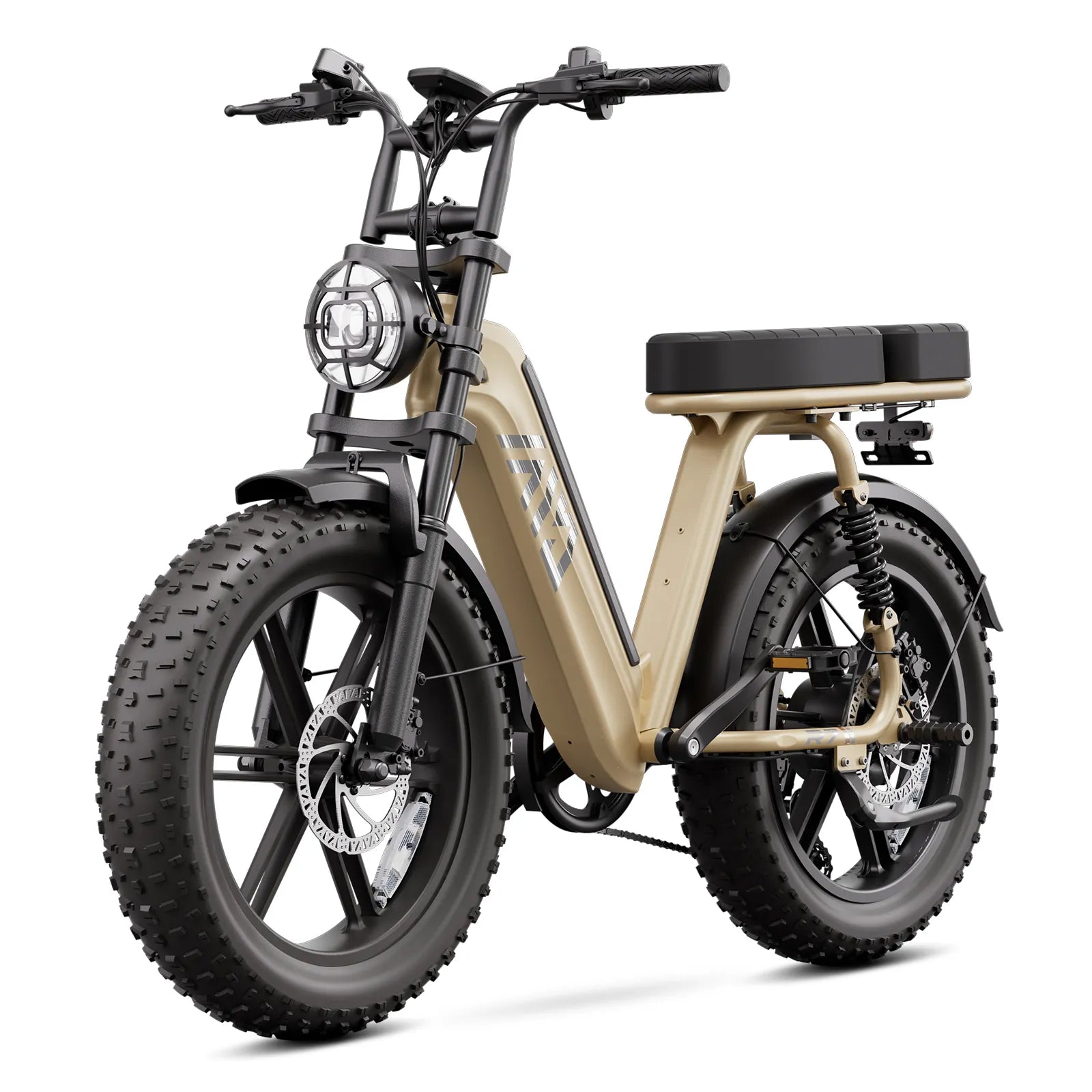
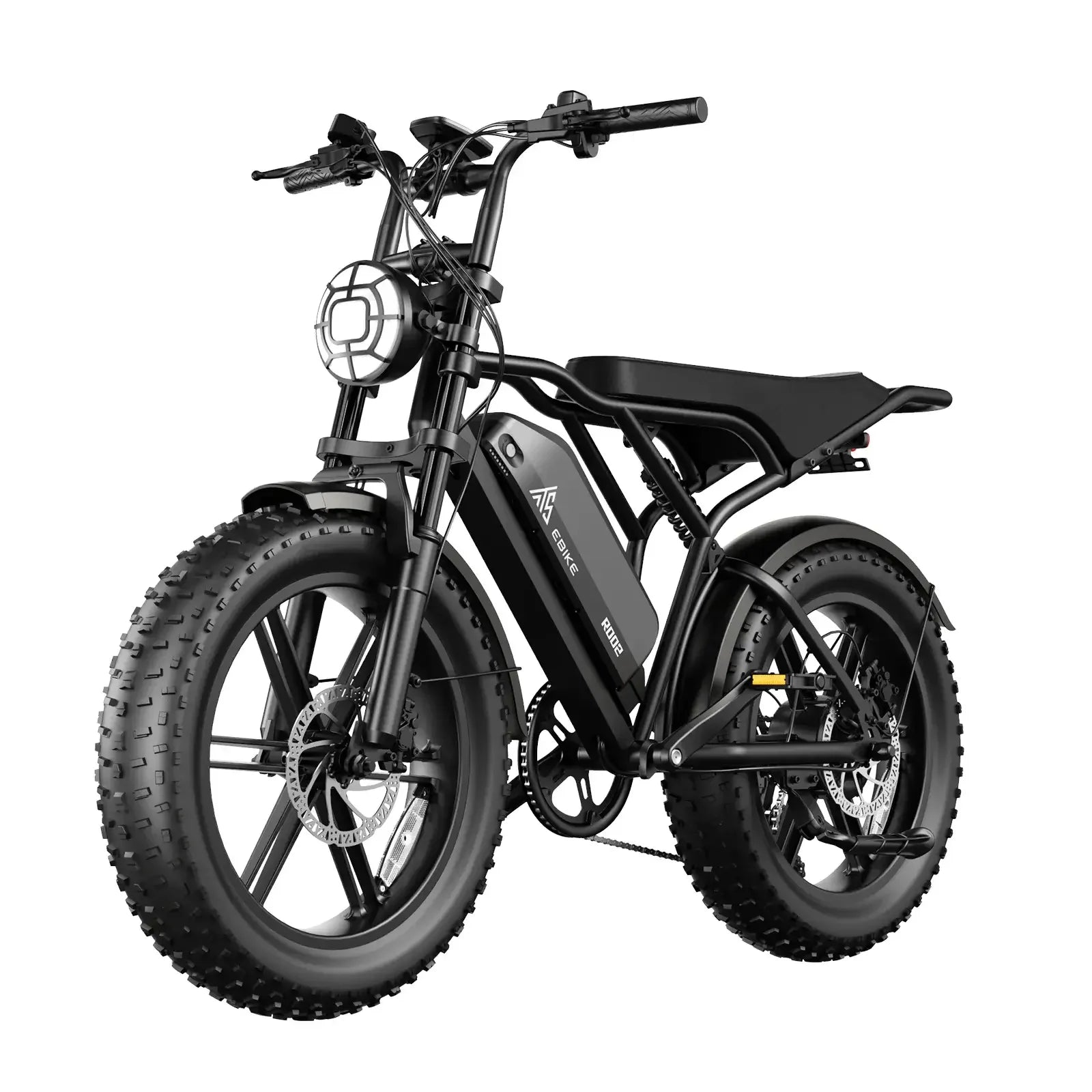

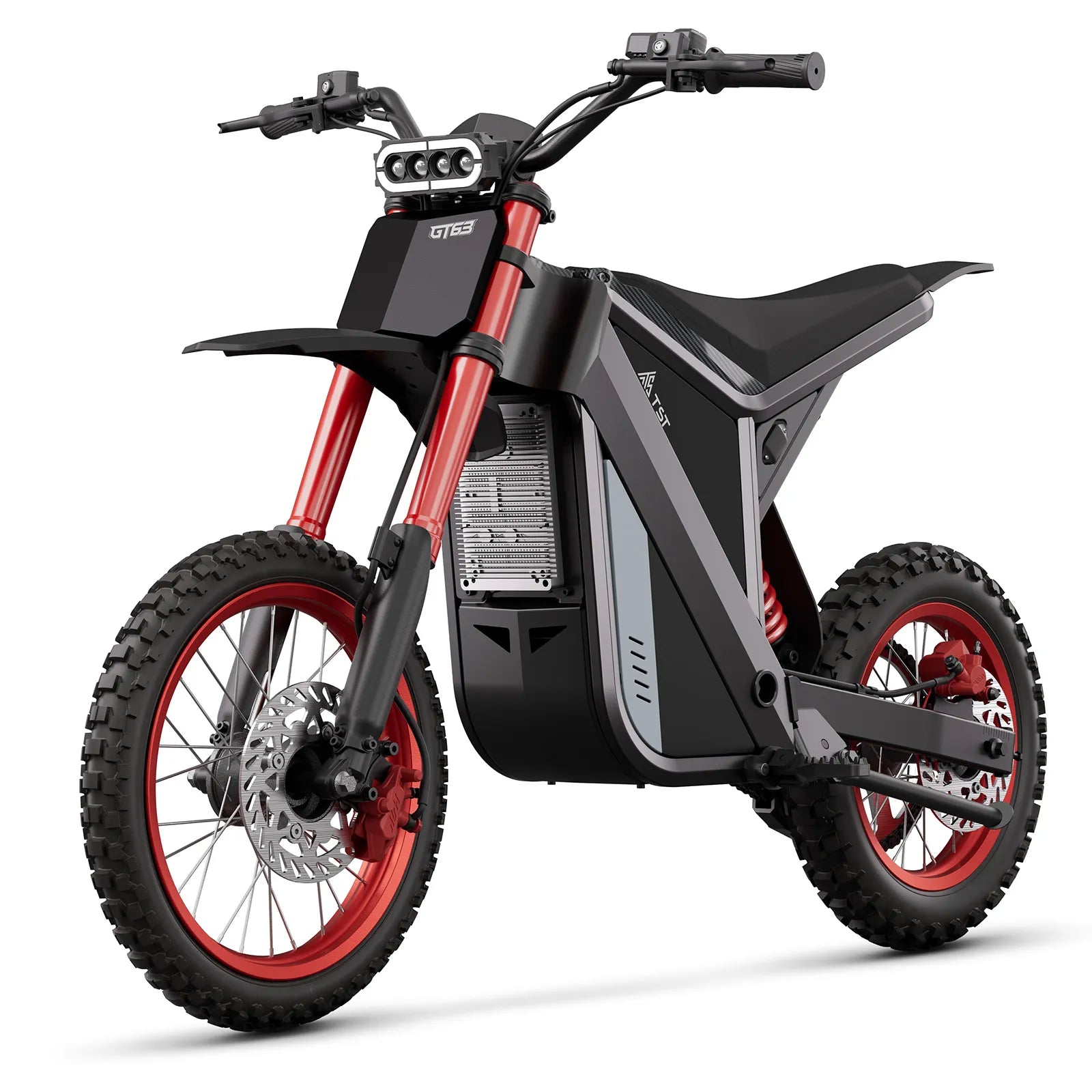
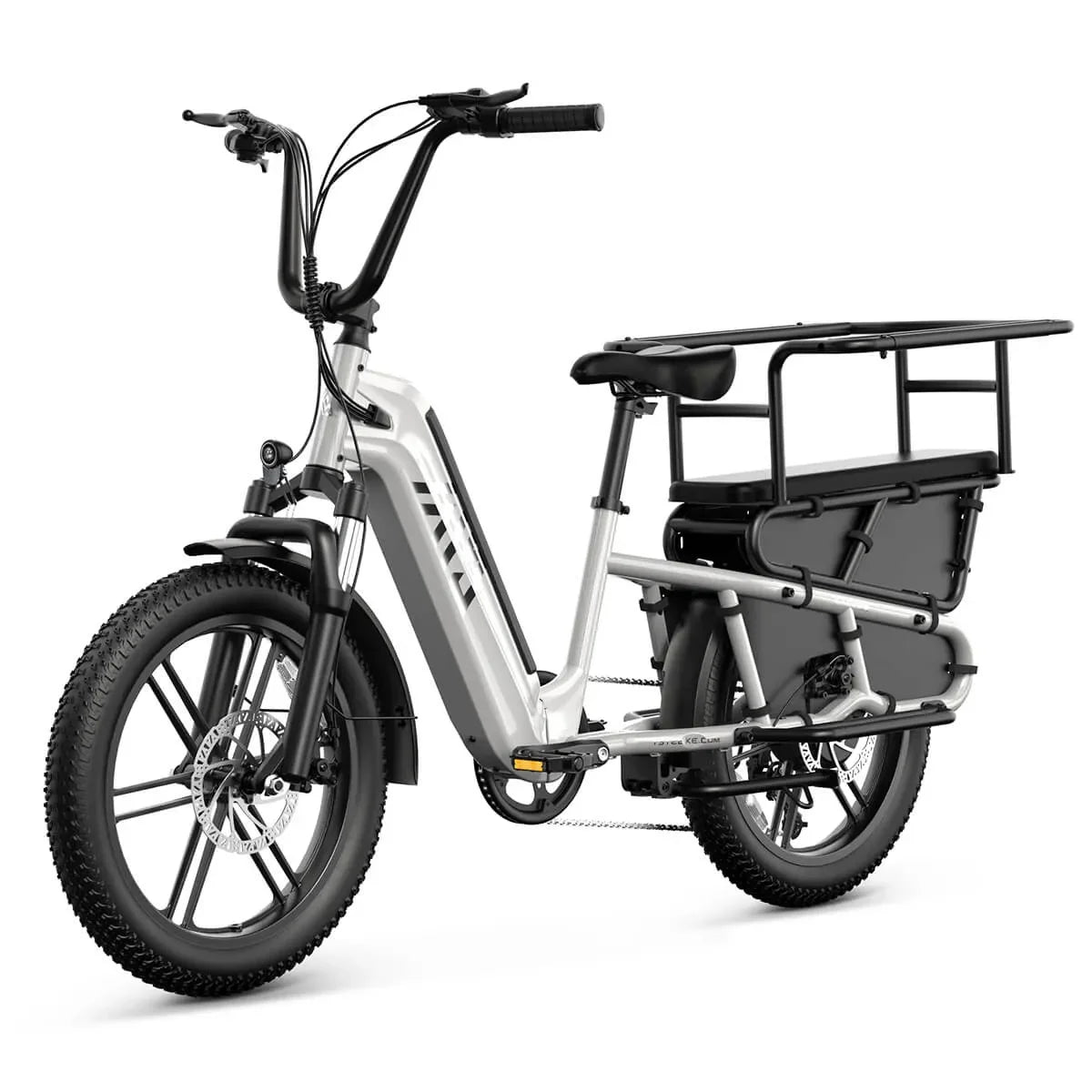
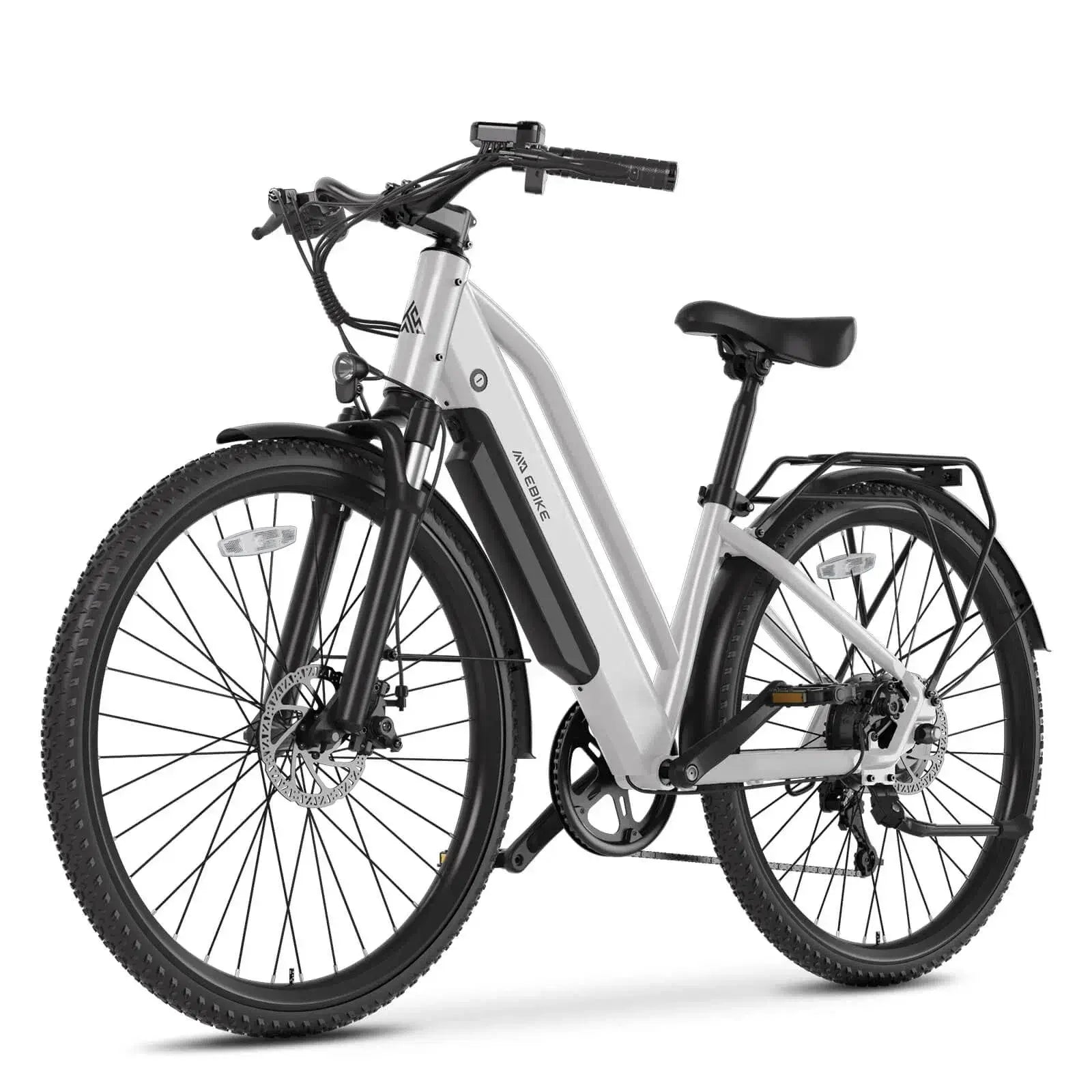
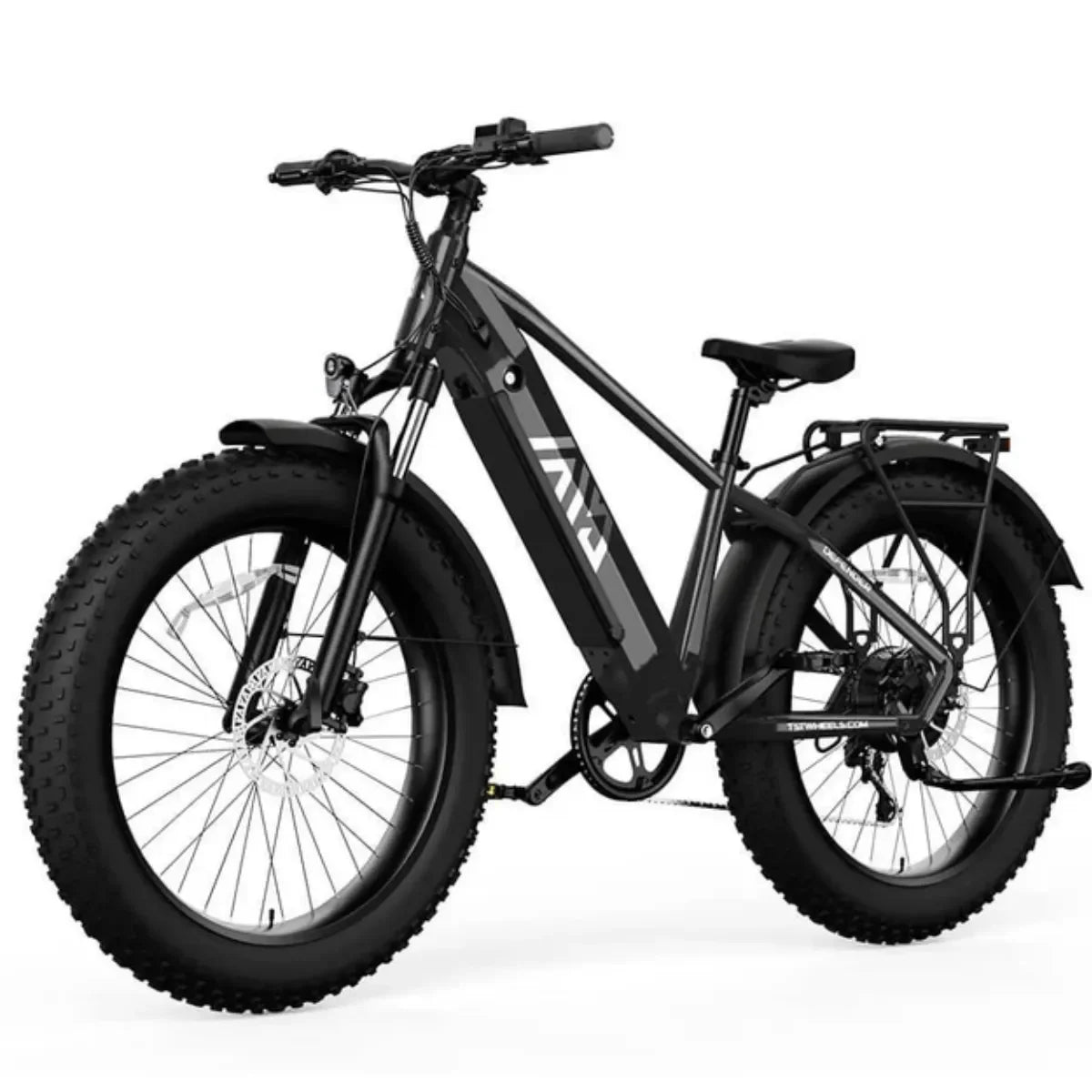
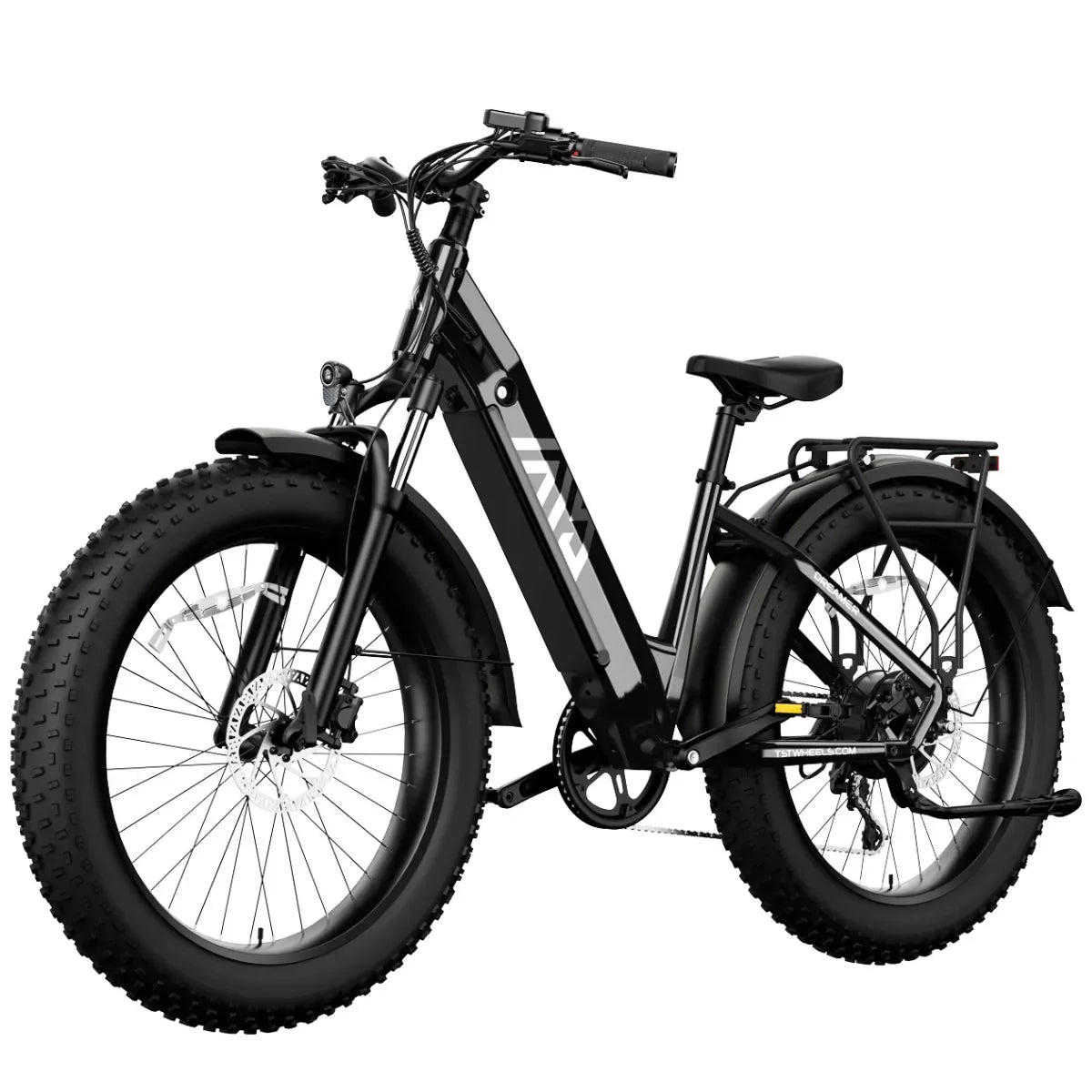

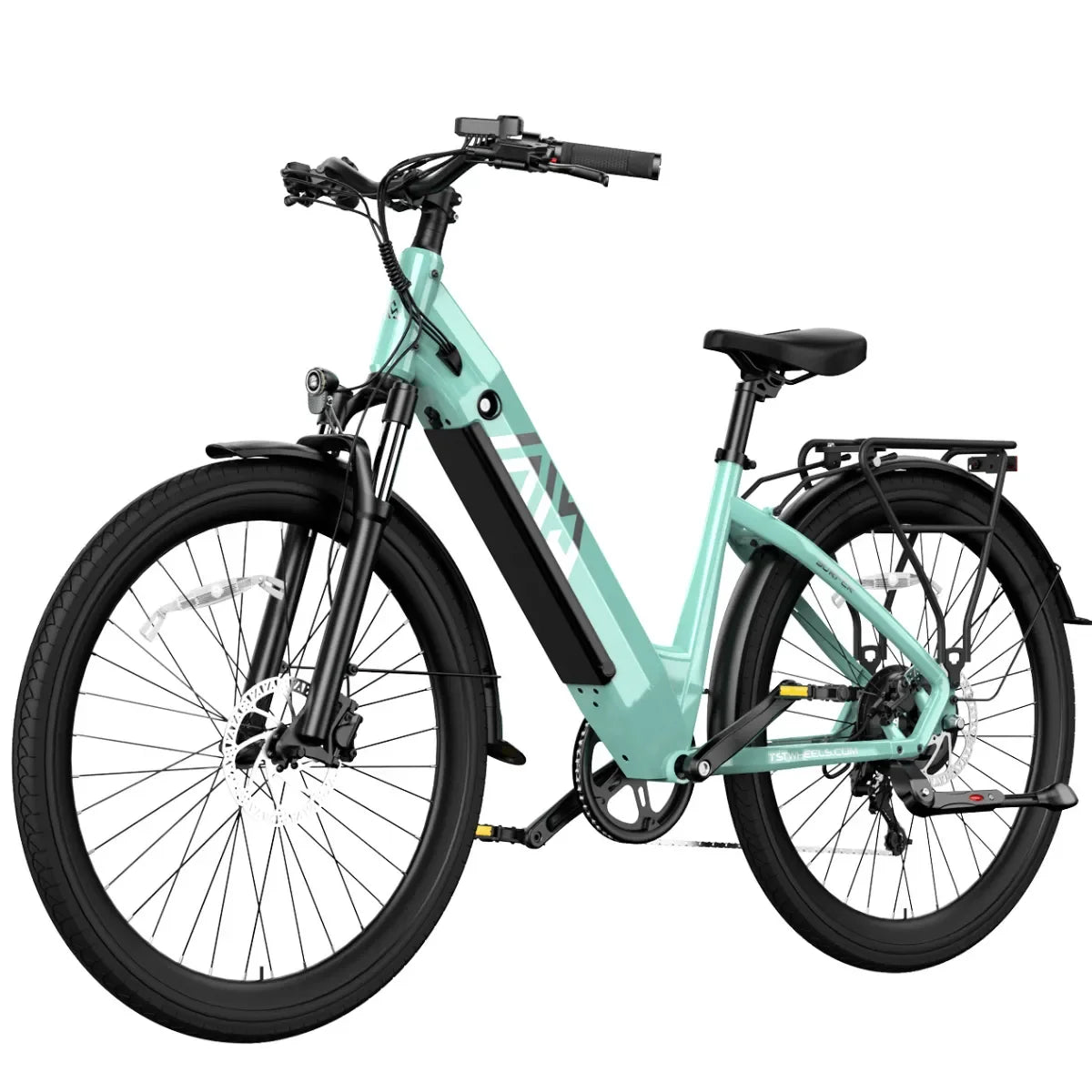
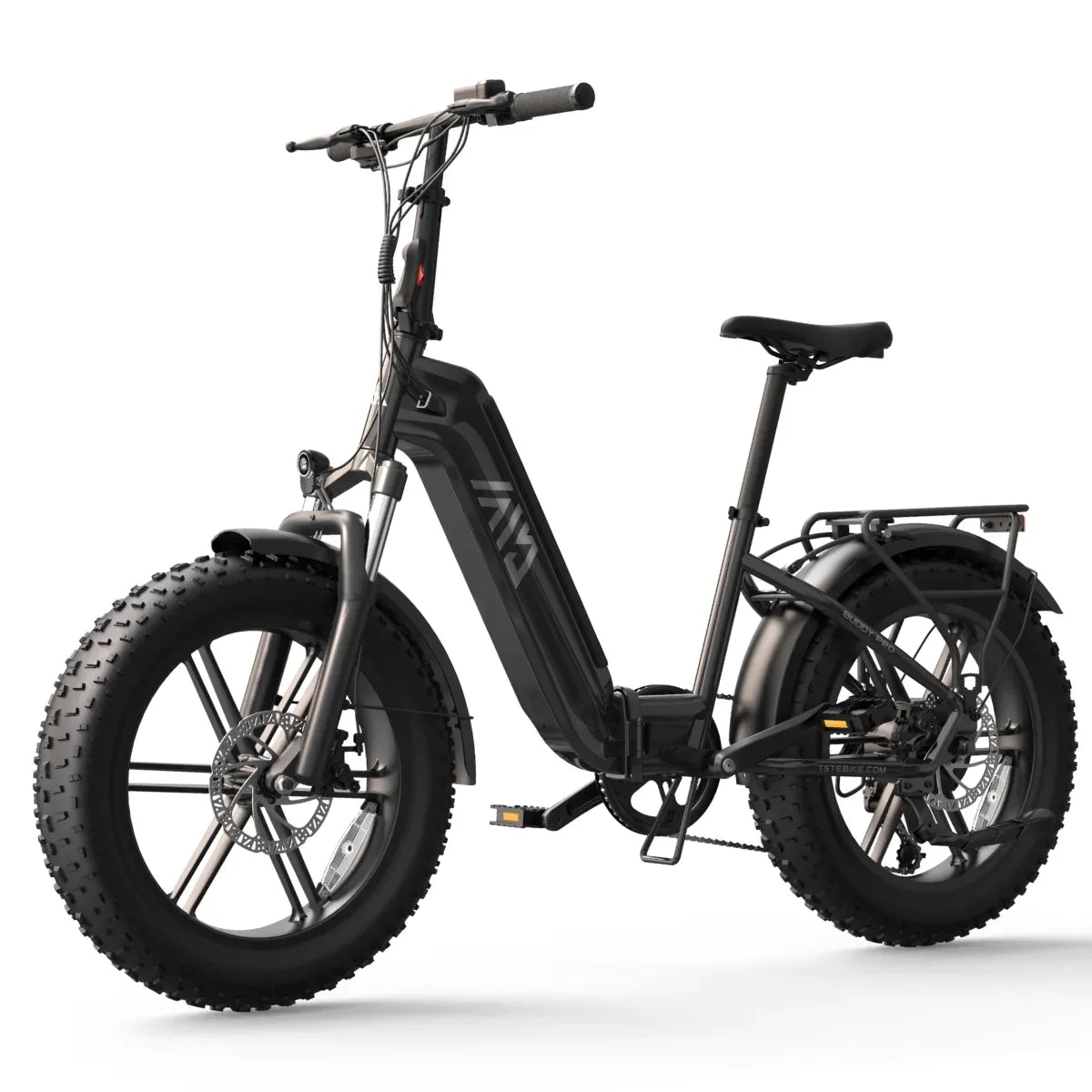
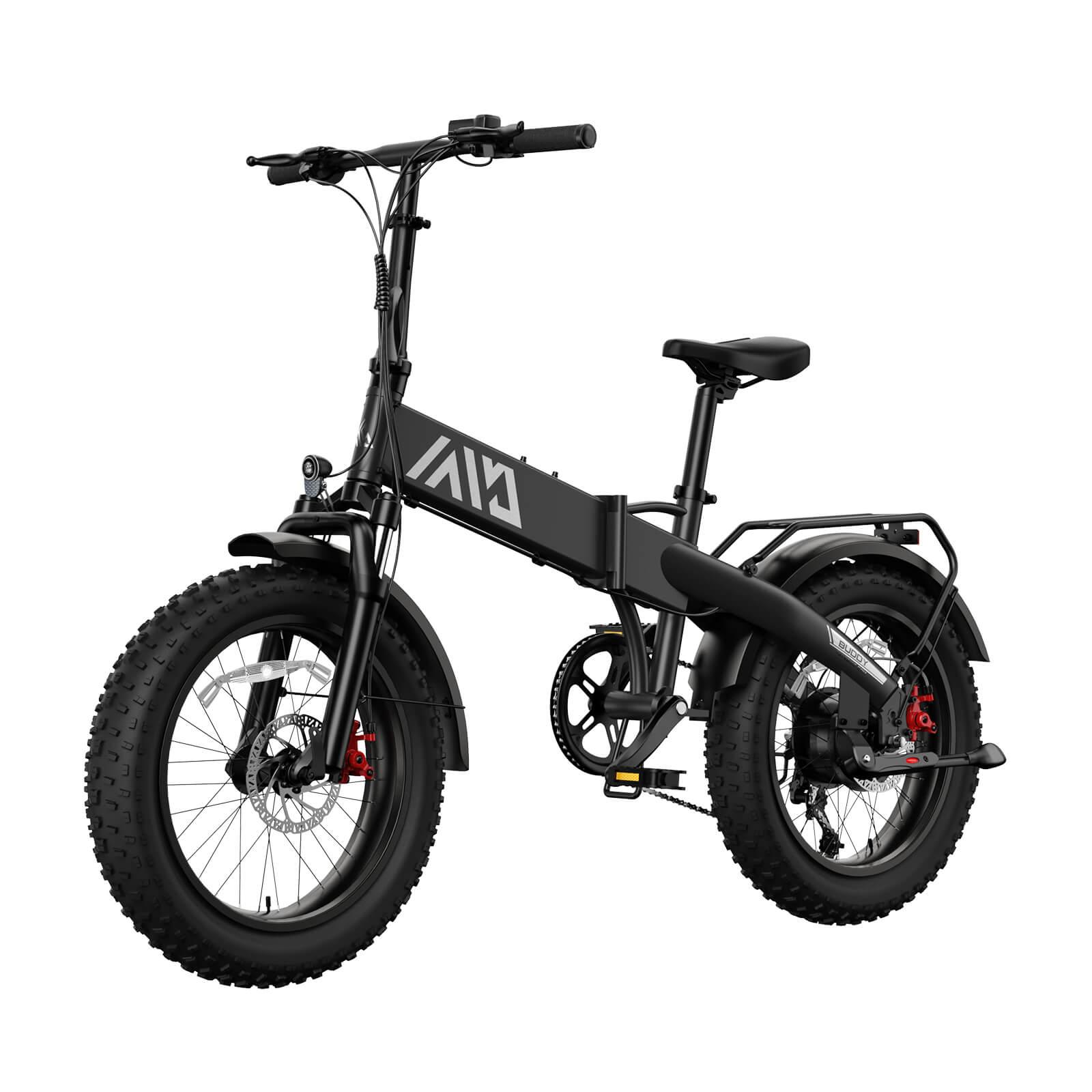
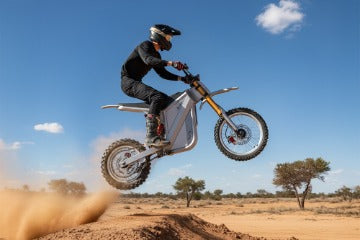
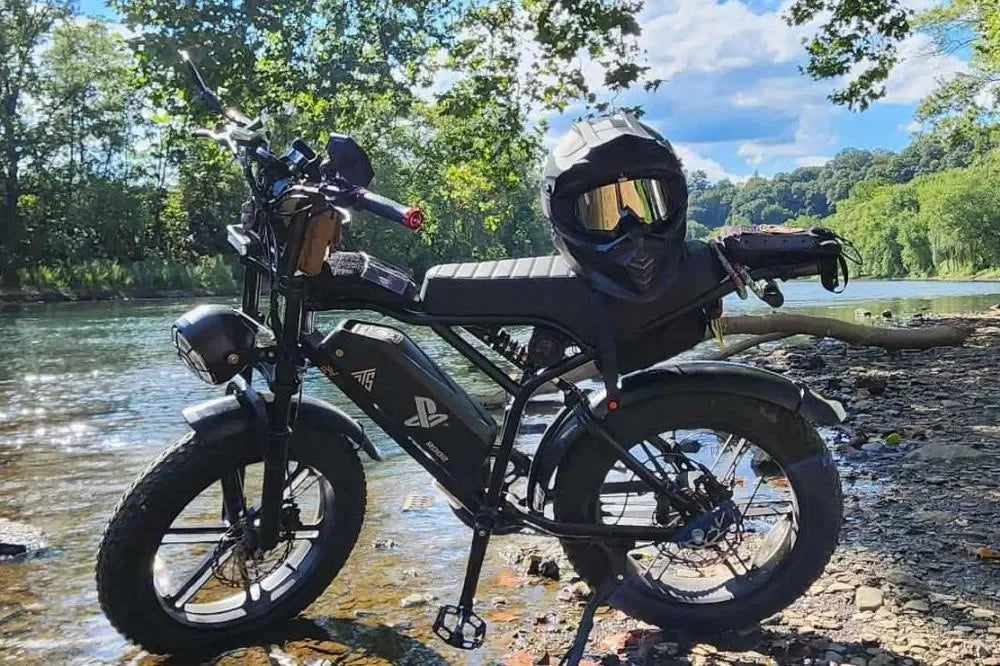
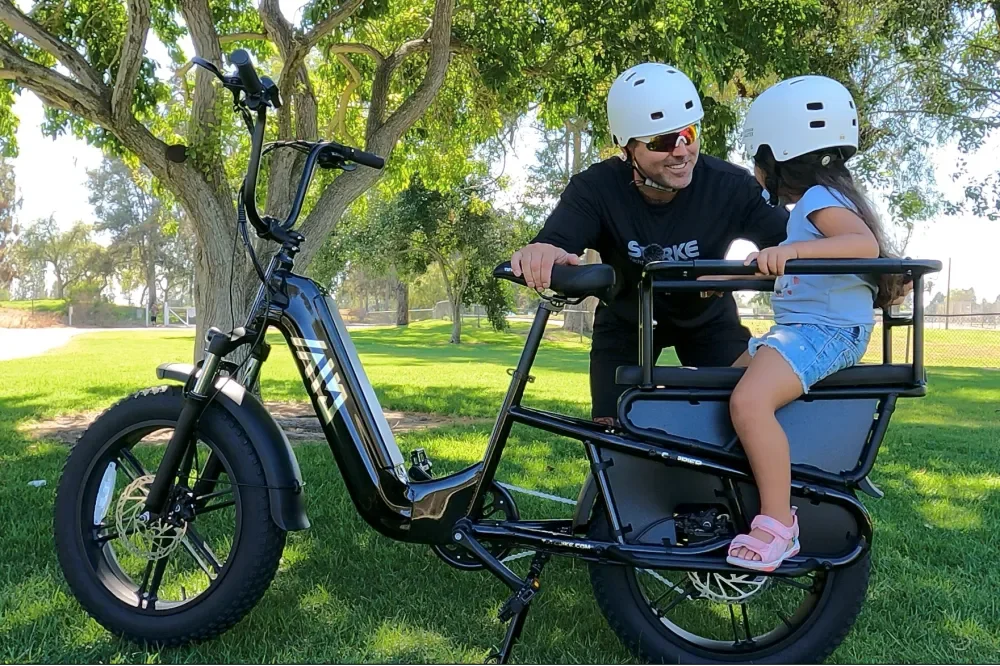
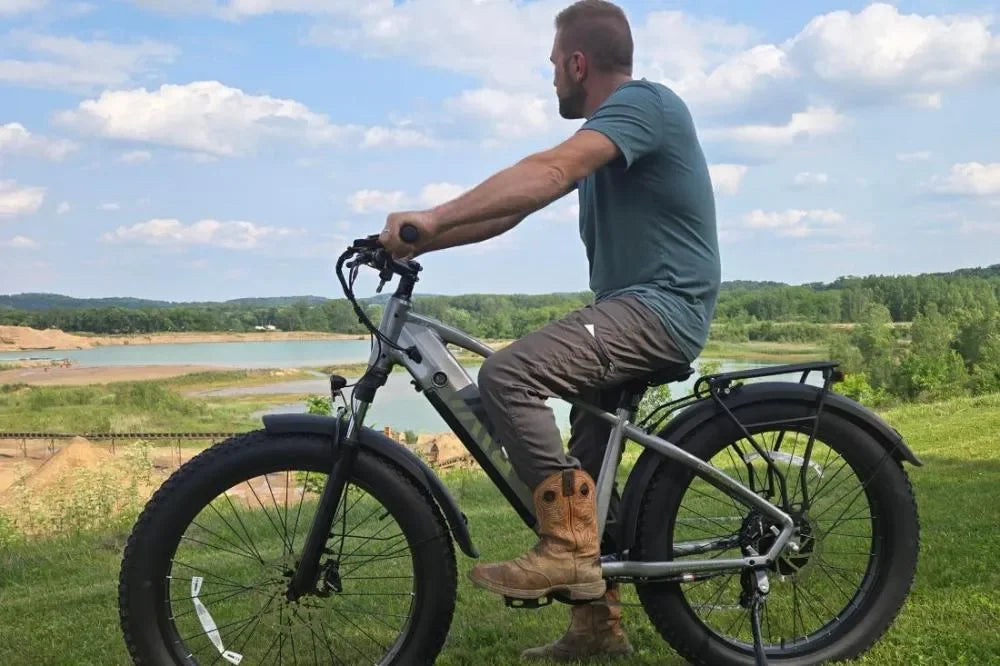
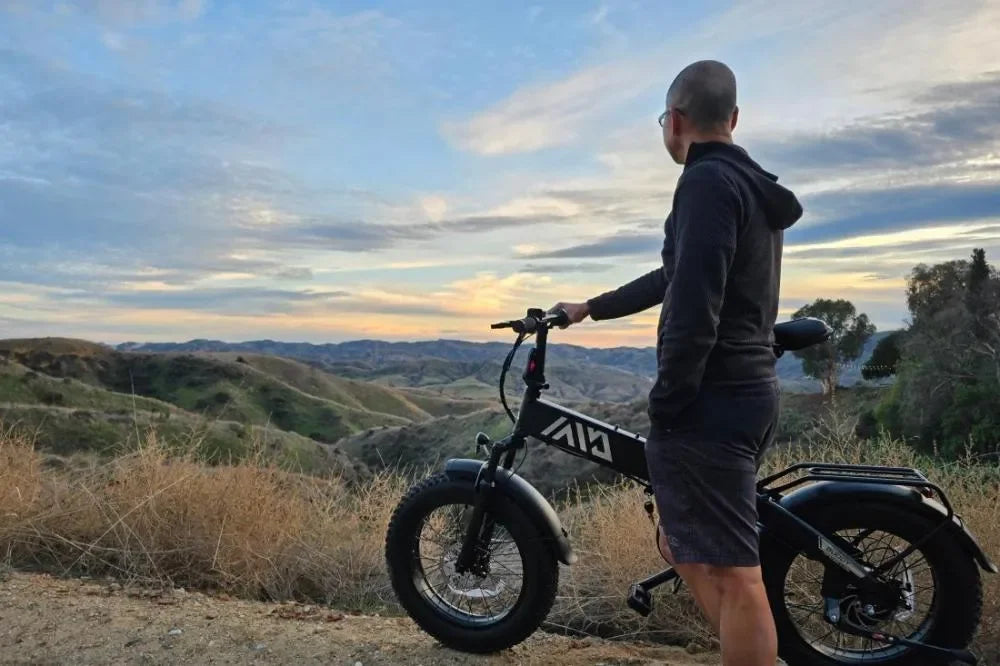
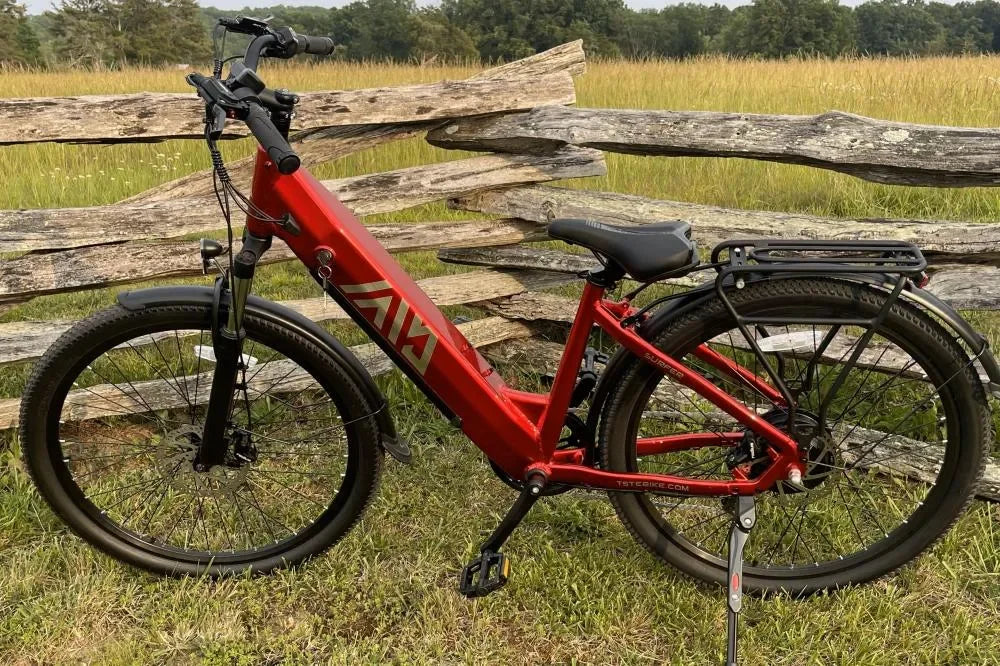
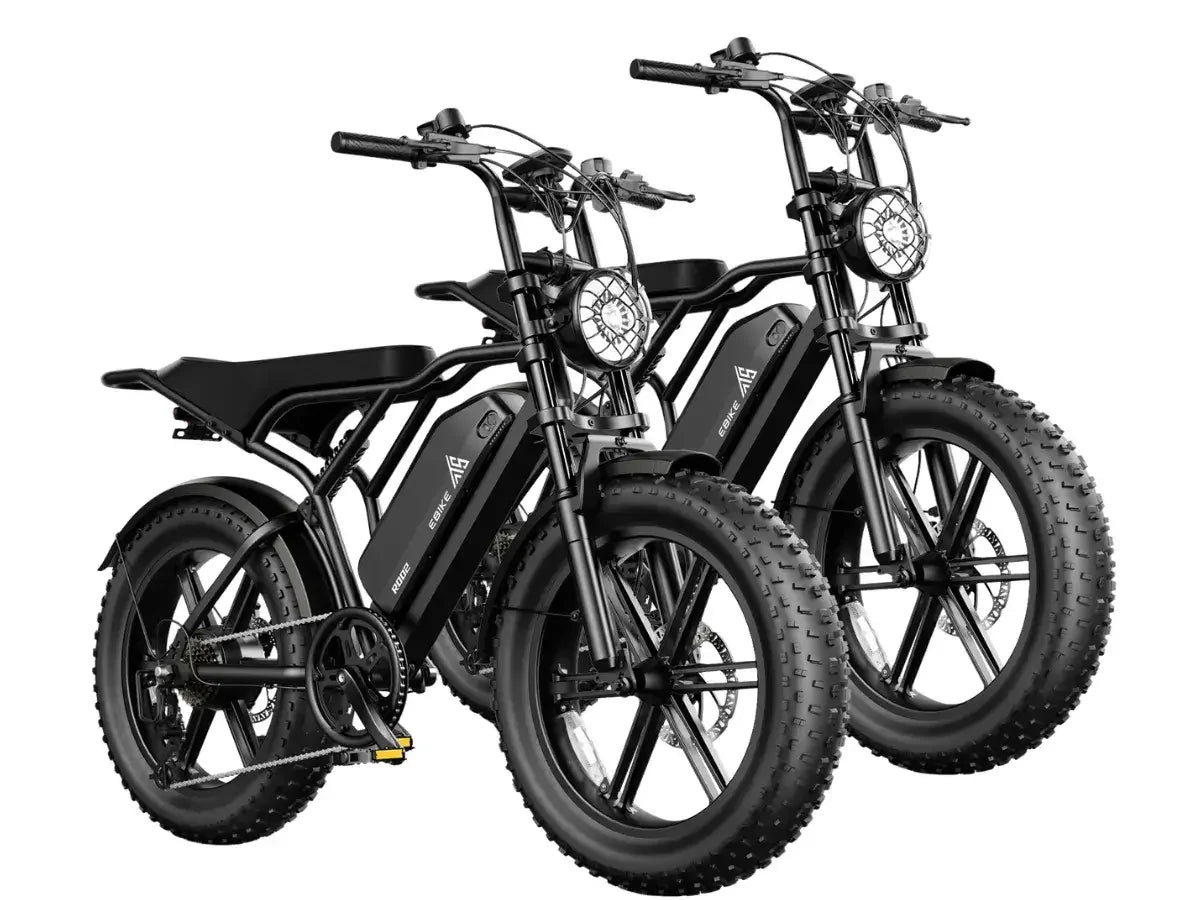
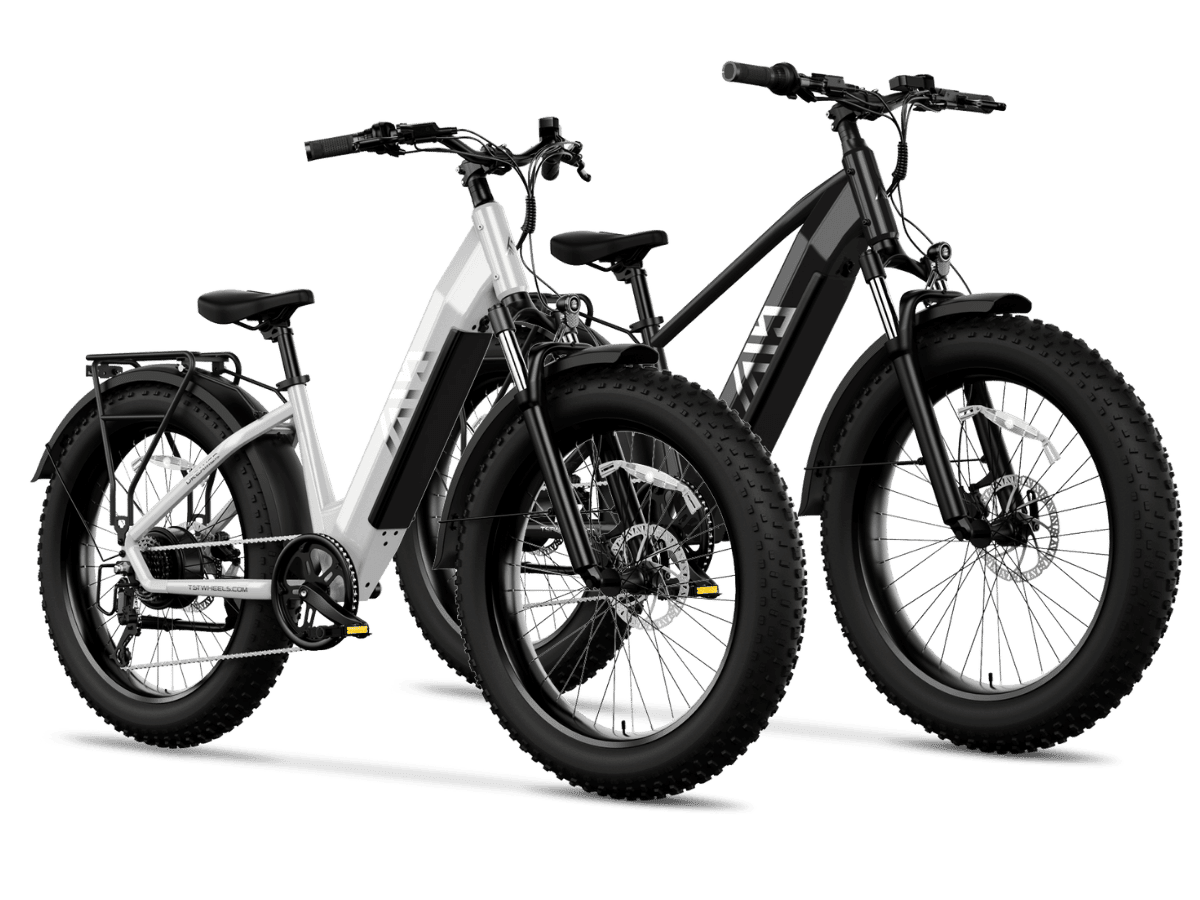
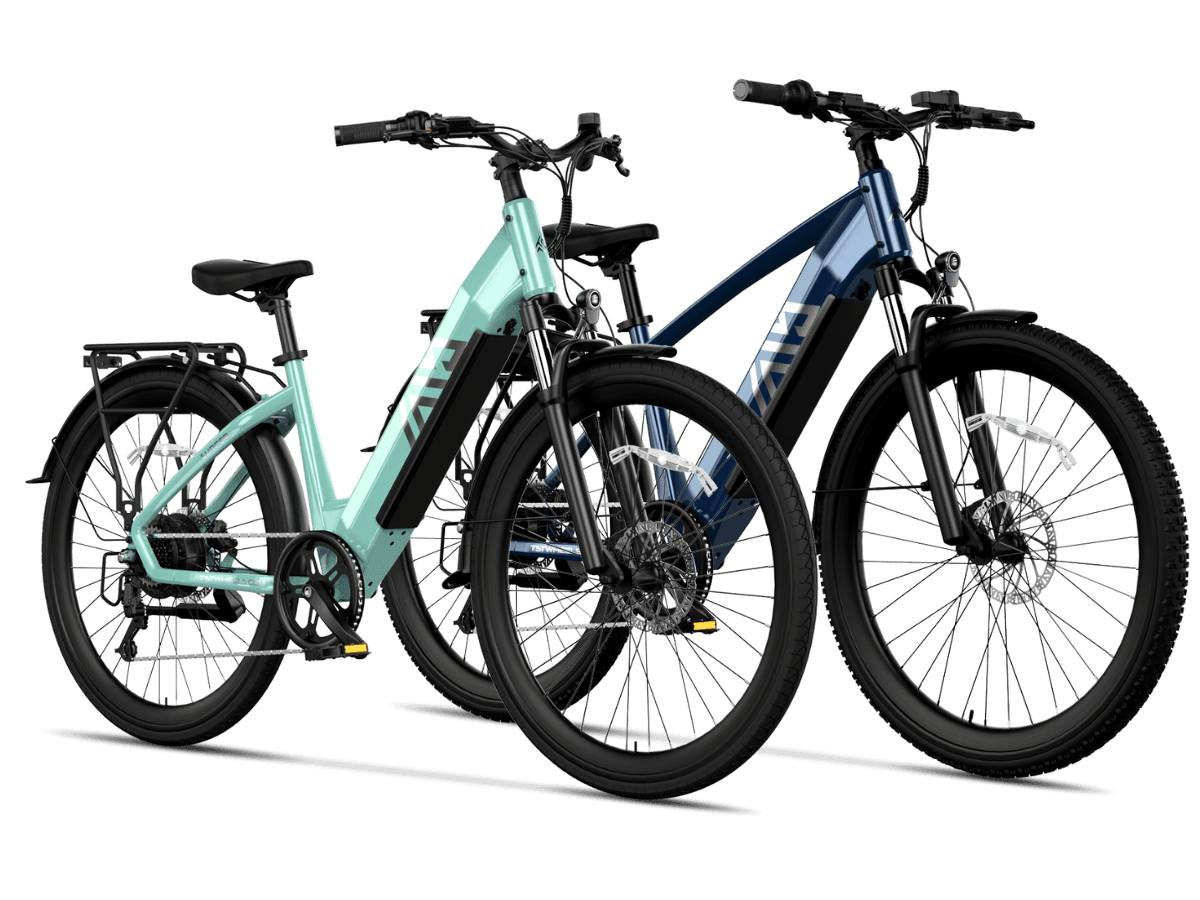
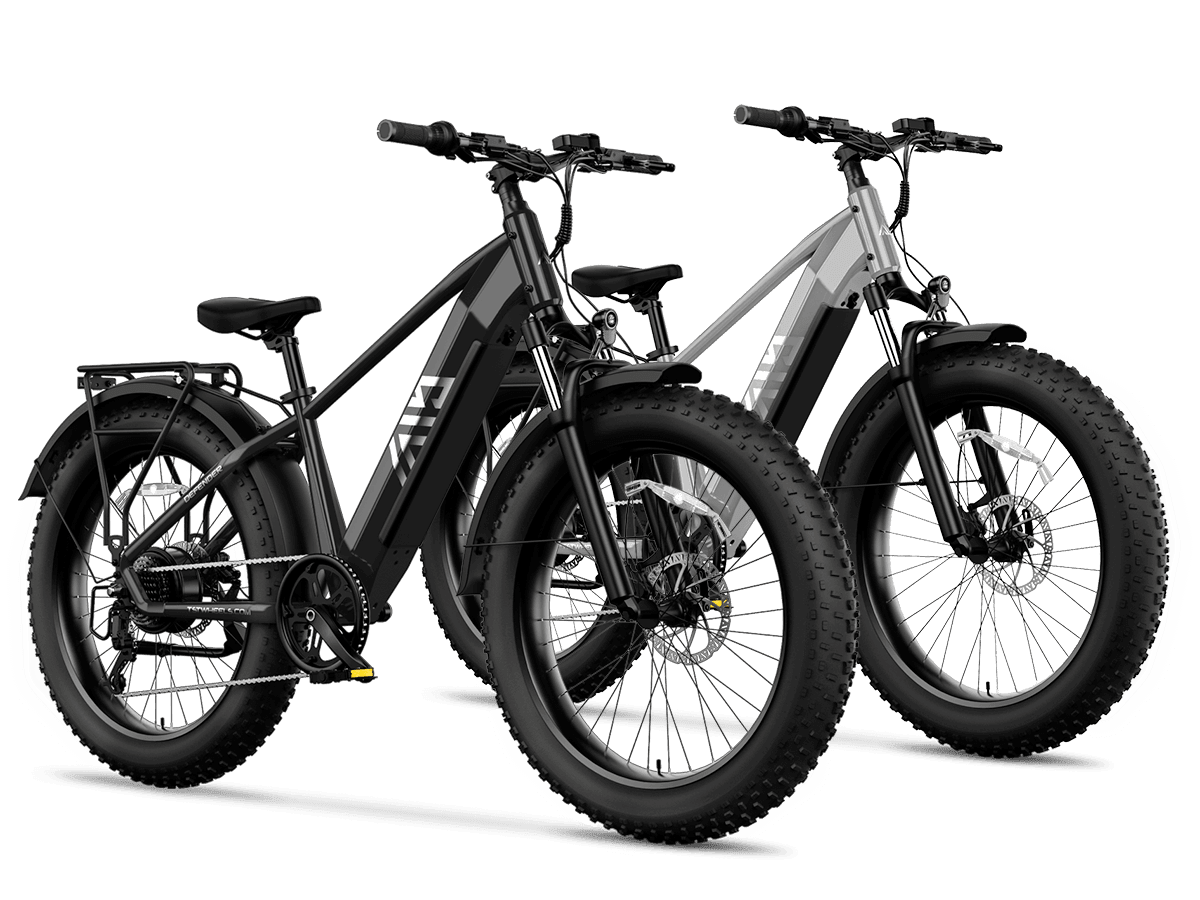
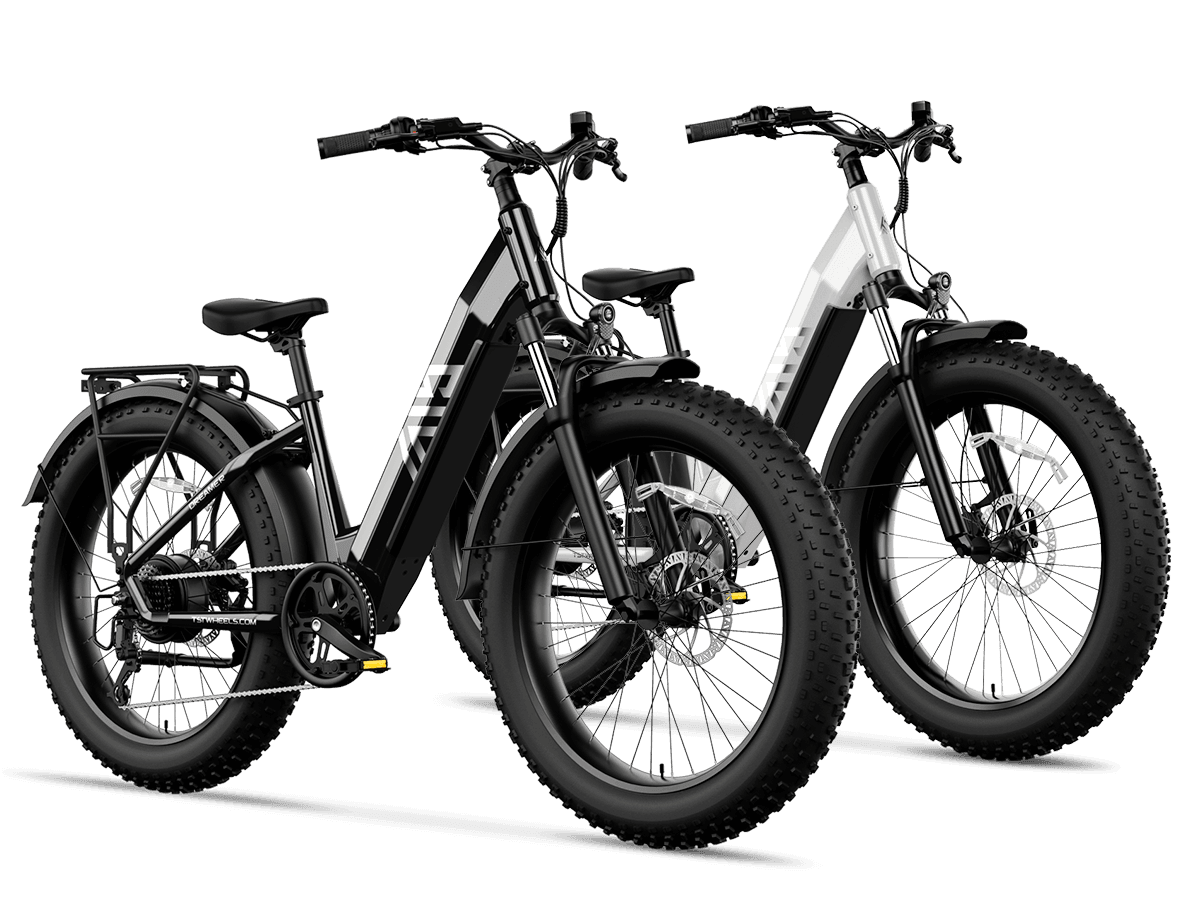
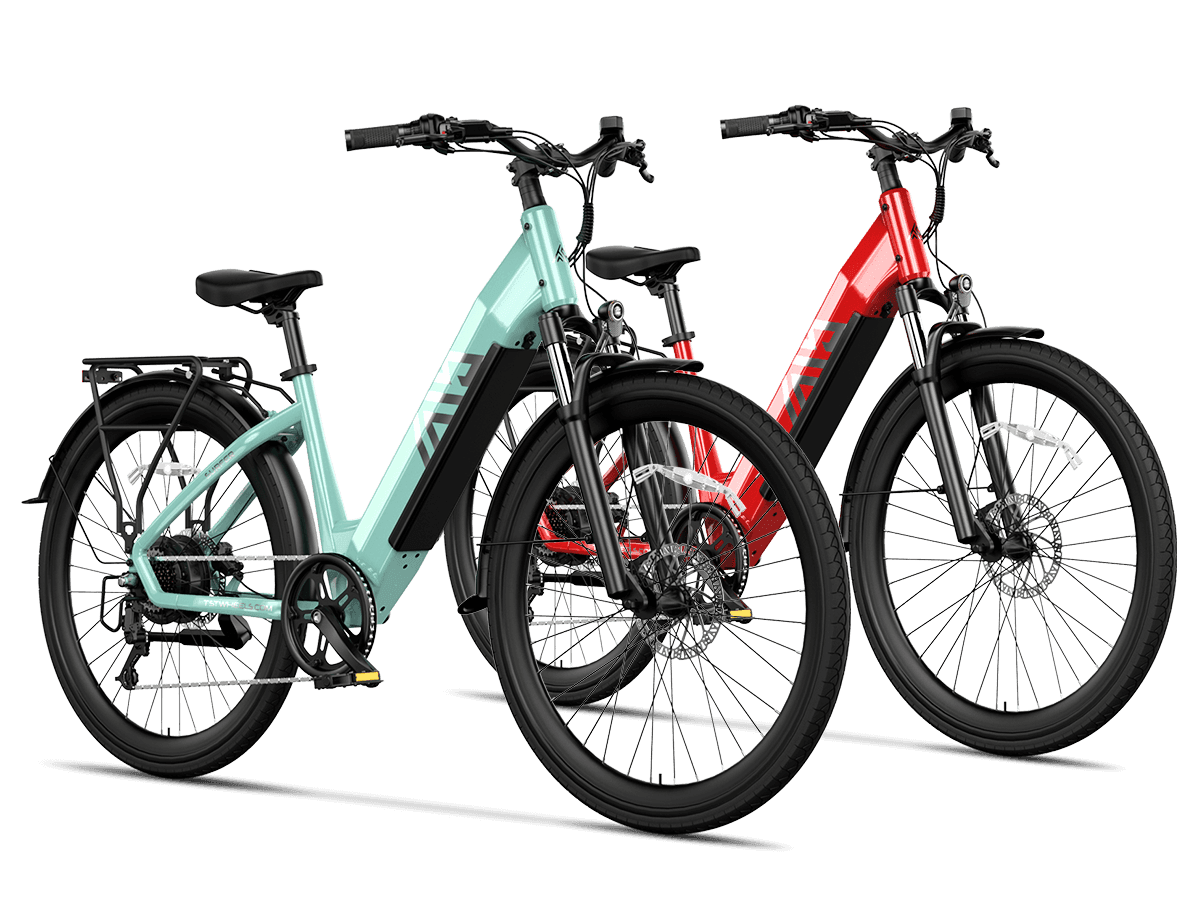
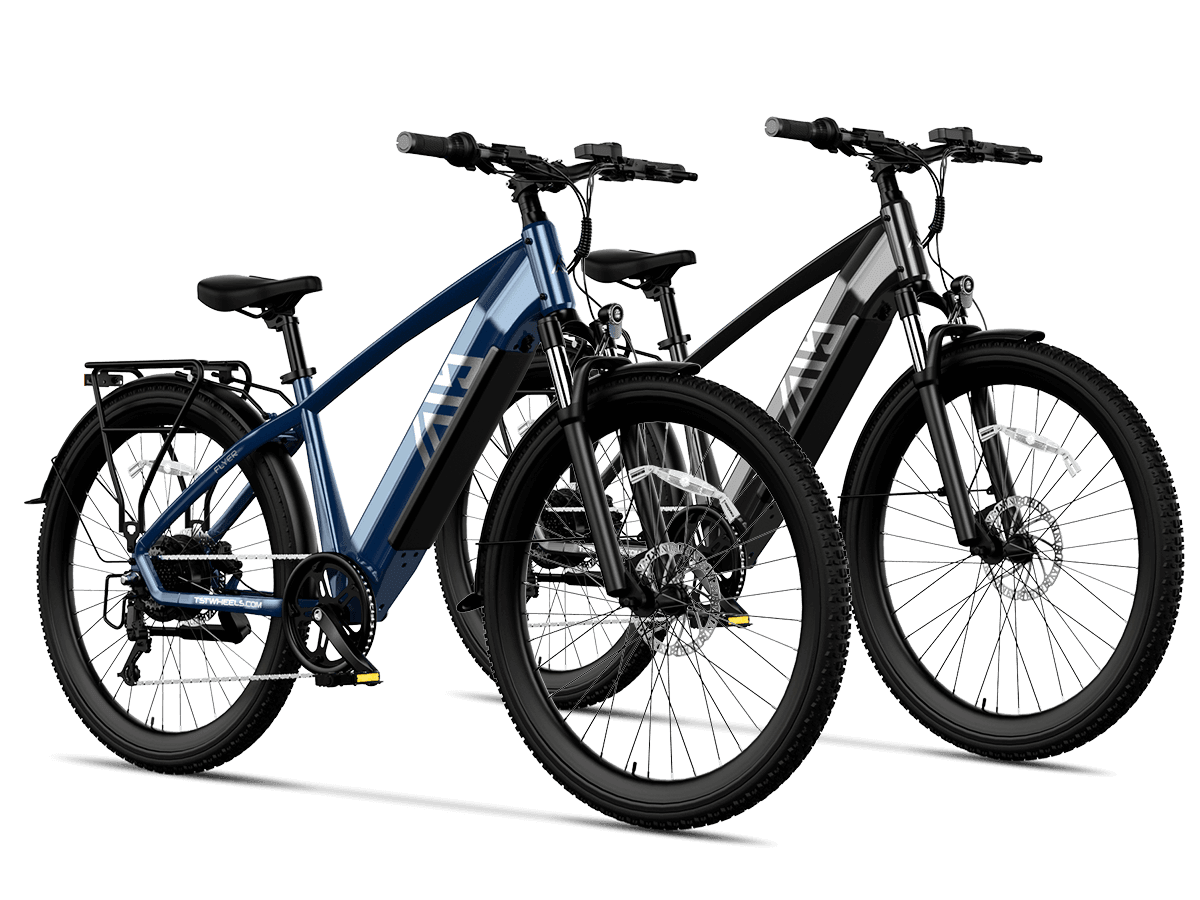

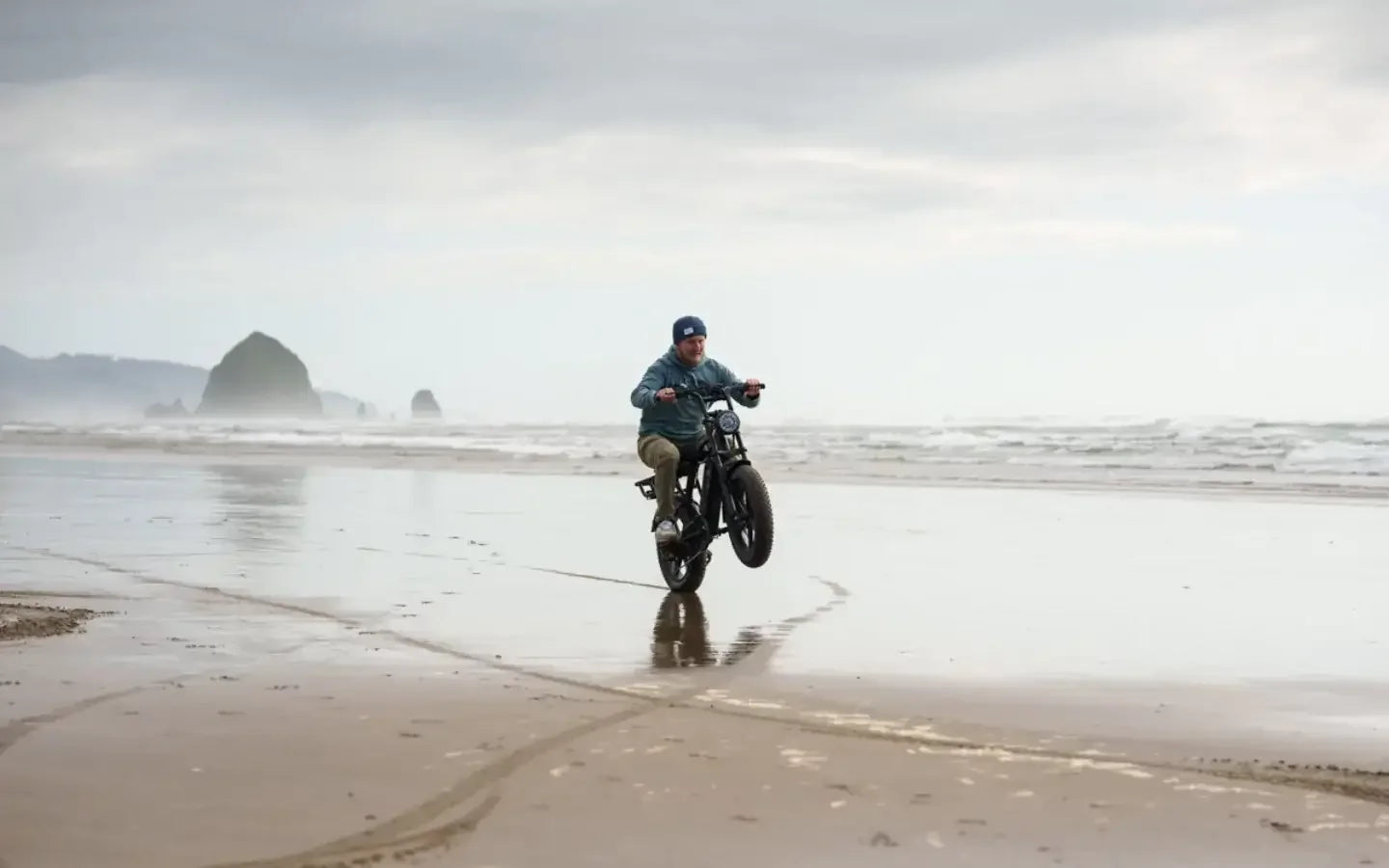
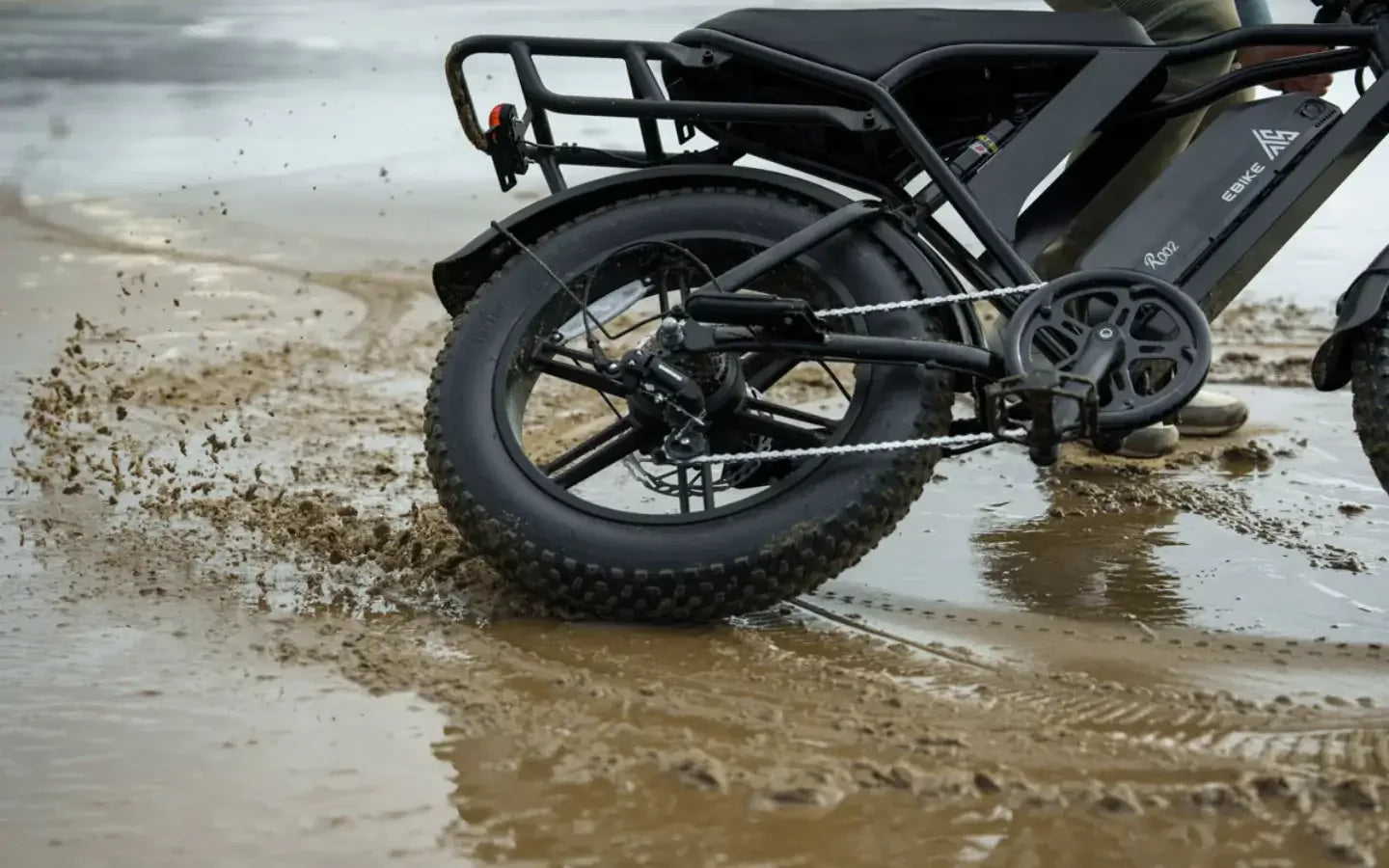
Leave a comment
This site is protected by hCaptcha and the hCaptcha Privacy Policy and Terms of Service apply.